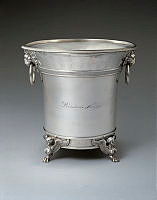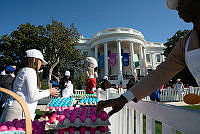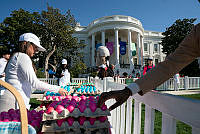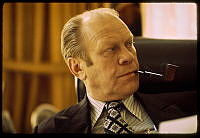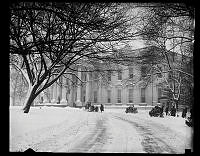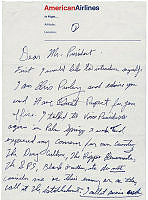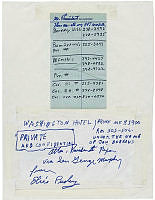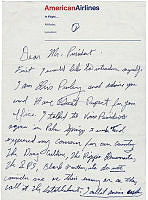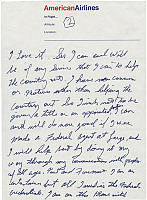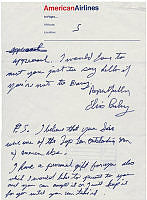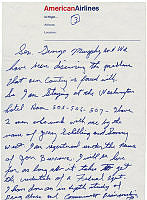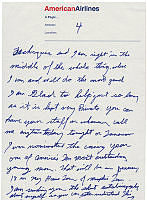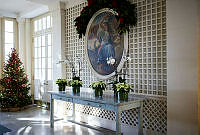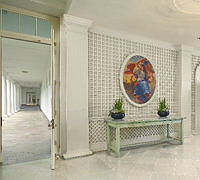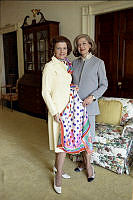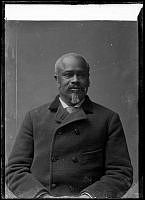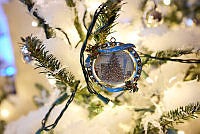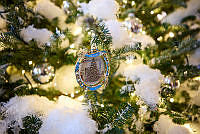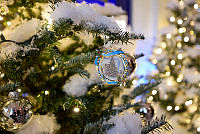The Working White House: Continuity and Connection
Copyright © White House Historical Association. All rights reserved under international copyright conventions. No part of this article may be reproduced or utilized in any form or by any means, electronic or mechanical, including photocopying, recording, or by any information storage and retrieval system, without permission in writing from the publisher. Requests for reprint permissions should be addressed to books@whha.org
Gallery
-

Lady Bird Johnson and Patricia Nixon review White House plans, 1968. Preparing for the transition from one administration to the next, the incoming First Lady Pat Nixon (center) meets with Lady Bird Johnson and Chief Usher J.B. West on November 11, 1968, six days after the presidential election.
Lyndon B. Johnson Presidential Library and Museum/NARA -

Mamie’s Army” cartoon, 1952. As the wife of a former general, First Lady Mamie Eisenhower was likewise regarded as a military commander. This December 1952 newspaper cartoon illustrates the roughly 90 White House workers who would become “Mamie’s Army” when the Eisenhowers moved into the White House in January 1953.
Lima (Ohio) News -

The Hardings say their goodbyes, 1923. Preparing to embark on a cross-country journey in June 1923, First Lady Florence Harding and President Warren G. Harding bid farewell to the White House staff. This would be the last time Harding was at the White House. He died in San Francisco on August 2, 1923, and Vice President Calvin Coolidge completed his term of office.
Library of Congress -

On their final day in the White House, January 20, 1961, President and Mrs. Eisenhower exchange farewells with members of the staff. Lillian Rogers Parks, who retired just before the Eisenhowers left, observed, “When the old family goes out, you felt lost for just that flash. And then at 12 o’clock, when the other family comes in, you took on a new perspective. You just had to turn over; you had to forget those folks and start over.”
White House Historical Association
When a new president moves in, he and his family bring along their own tastes, preferences, and customs. The new family’s ways are often quite different from those of the previous occupants of 1600 Pennsylvania Avenue. Even time-honored White House festivities such as the Pageant of Peace and the Easter Egg Roll have been adapted to reflect the First Family’s entertainment style.
The transition to a new administration requires White House workers to help the new First Family understand how the household has previously functioned, while also adapting to the incoming family’s style and traditions. During the more than 200-year history of the White House, workers have seen many traditions set aside, and new ones established. Butlers, maids, plumbers, electricians, chefs, and doormen have provided the continuity necessary for a smooth transition.
When a new president goes in there, he doesn’t know his way around, and he’s watching you. And you must assure him—you must assure him by body language—that you have no interest other than in him, in the presidency. You don’t care who’s president—you’re working for the public. You’re a servant to the public, just like he is.







